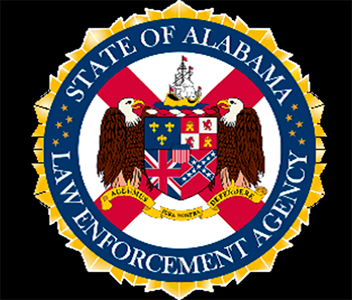Local roads to be repaved once gas tax takes effect
Published 9:02 pm Tuesday, March 19, 2019
Once a new gas tax goes into effect later this year, Pike County will finally have funds to begin resurfacing local roads.
County engineer Russell Oliver said there had been no funds available to resurface local roads until recently, when the county commission implemented a “24-month plan” to assign $1.2 million in revenue from the county’s budget toward resurfacing some of the very worst roads in the county.
That was still only a small and temporary step toward a massive, long-term need that the county is facing with roads in need of repair.
The new tax is projected to generate approximately $850,000 for the county each year once it reaches full effect.
“It’s not going to fix all of our problems, but it’s going to have a significant impact,” Oliver said. “We’ll be able to repair some of the worst roads that haven’t had anything done to them in years. Hopefully we’ll be able to preserve some of our good roads and slow the deterioration of those as well.”
The impact won’t be seen immediately. Th e tax increase does not go into effect until Oct. 1 and Oliver said it will take some time for enough money to build up in the fund to be able to start resurfacing roads.
“There are some unknowns, of course; we’re not sure exactly when the money will start coming into the new fund for the new revenue and we don’t know how fast it will grow,” Oliver said. “My guess is that we will not see a significant amount of money built up until some time next year, but as soon as there is enough money in that fund, we will begin to let projects to repair and resurface roads.”
Although the money won’t be available this year, commissioner Chad Copeland said the commission is already working with Oliver to prepare for the projects.
“We’ve already started putting our plan together on how to attack these worst roads and bridges and doing the maintenance we have needed for so long,” Copeland said. “Right now, the money we have to pave roads that aren’t either major and minor collectors is a sum total of zero. We can only use federal funding on major and minor collectors. The regulations with this bill have been relaxed so we can spend this money on the local roads.”
Once the tax reaches its full 10 cent increase, Oliver said the money could pave 10 to 18 miles per year in the county.
“Depending on how the commissioners structure our program, I’m hoping that we can see anywhere from 10 to 18 miles per year resurfaced,” Oliver said. “That would include the rehabilitation of some of our worst roads and some preventative maintenance. Preventive maintenance on roads is similar to changing the oil in your vehicle: it’s much less costly then buying a new engine or vehicle in the long run.”
Oliver said this new tax is heavily restricted so that the funds must go to pay for the roadwork itself and not salaries or other costs for the department.
“We cannot use the money for salaries, raises, or equipment,” Oliver said. “The money hass to be spent on the roads and bridges. It will actually go into a separate fund and, of course, the county is already audited yearly to make sure it is using all revenue properly and in accordance with state law. This will be the same. In addition, the county will have to produce a report each year detailing the projects money was spent on for the previous year and which projects are planned for the following year. The public will have access to this information; everyone will be able to see exactly what money is being spent on. It has very strong accountability, it’s a very tightly controlled revenue. That’s a good thing; it needs to go to the roads – that’s where we need it.





